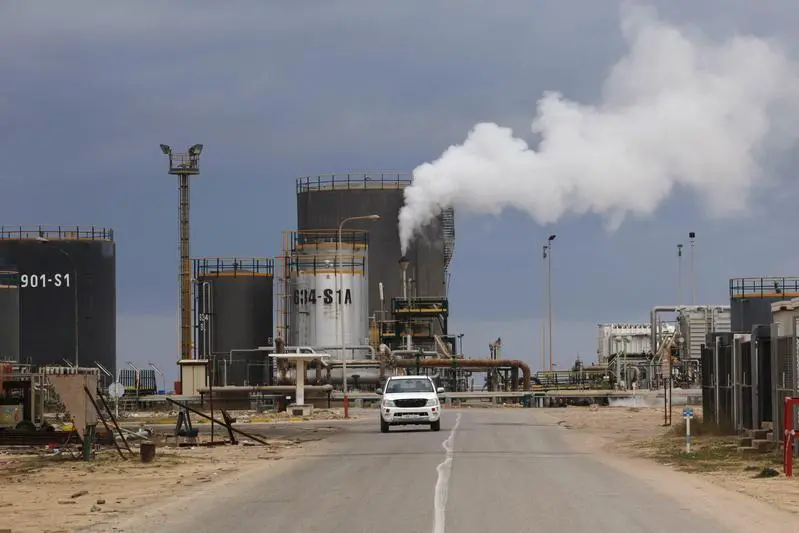PHOTO
A general view shows an oil refinery in Zawia, 55km west of Tripoli December 18, 2013.REUTERS/Ismail Zitouny
LONDON - Oil prices dipped on Friday, with benchmarks heading for their weakest monthly performances since November, ahead of key U.S. inflation data which could give clues on future interest rate moves and the strength of the dollar.
Brent futures, which have risen nearly 5% this week, were down 63 cents, or 0.8%, at $78.64 a barrel at 0824 GMT. U.S. West Texas Intermediate (WTI) crude fell 44 cents, or 0.5%, to $73.93, having gained about 7% so far this week.
The contracts were set for 6% and 4% monthly drops, respectively, after hitting their lowest since 2021 earlier in the month in the wake of the largest bank failures since the 2008 financial crisis.
Worries about a full-blown global banking crisis have abated after two banks, in the U.S. and Europe, were rescued.
Markets are now waiting for U.S. personal consumption expenditures (PCE) inflation figures, tracked closely by the Federal Reserve, which are due at 1230 GMT.
Economists polled by Reuters expect the core PCE index to ease to 0.4% in February from January and stay broadly steady on an annual basis at 4.7%.
On Thursday, the U.S. House of Representatives passed a bill intended to bolster U.S. oil and gas production while scaling back climate initiatives.
Oil prices were buoyed after producers shut in or reduced output at several oilfields in the semi-autonomous Kurdistan region of northern Iraq following a halt to the northern export pipeline.
Also sending a bullish signal was data showing U.S. crude oil stockpiles fell to a two-year low.
Prices have also found support as China's manufacturing activity rose in March, exceeding expectations, albeit at a slower pace compared with record-breaking expansion in February.
With oil prices recovering from recent lows, the Organization of the Petroleum Exporting Countries and allies led by Russia are likely to stick to their existing deal to cut oil output at a meeting on Monday, sources said.
(Additional reporting by Sudarshan Varadhan and Andrew Hayley Editing by Mark Potter)





















